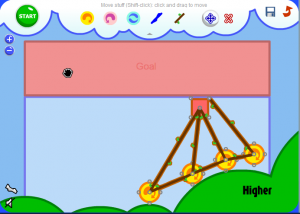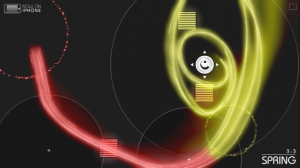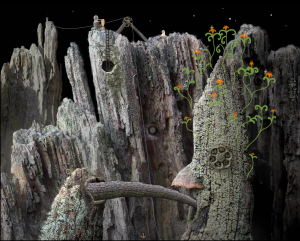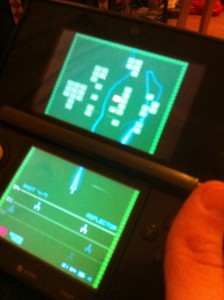225th played so far
Genre: MMORPG
Platform: PC
Year of Release: 1999
Developer: Sony Online Entertainment
Publisher: Sonly Online Entertainment
Wow, feels like it’s been a while since we played an MMORPG. Sure , there aren’t many on the list, so we should spread them out, but it just feels safer to finish more of them at some point… especially seeing how City of Heroes ended less than a year after we tried it out.
Everquest is one of the originals. One of those MMORPGs everyone played and marveled what it was about, cult and stories – you were in or out. This and the upcoming Ultima Online were the originals, which makes them interesting. Surprisingly, it’s still running, which makes me wonder whether it held up…
Our Thoughts
It’s weird to be playing this now. As you may understand, it’s one of those games we kept hearing about and, in a way, I was looking forward to trying it. That was fun enough, but damn… it’s all so familiar. Starting from the first real quest, it’s all familiar – kill a few rats, gather an item or two, bring it back to the quest-giver, rinse and repeat. It’s been copied and imitated by many of its successors and been made fun of in many other sources. You can’t blame it for it, but it feels repetitive and a bit too familiar.
Still, despite that, it does it well. While not that engaging yet, there’s a sense of a story here that I’m sure can expand and draw you in further. It’s not complex, but nice enough. Still, though, despite that, and despite the big open nature of this game, it does not feel like a living world. This isn’t just because of the randomly respawning enemies, but just as much because too many people just stand around, waiting for you to trigger their quest or activity. Places are set up to look impressive at times, but just as much functional rather than realistic. It feels like a waste – some simple behaviour would help make the detailed world more interesting.
Still, this game is huge. We barely moved past the starting area, despite playing over five hours. This is partially due to the amount of grinding, but also the large amount of quests to start off with and, more important, the amount of things to learn. The size seems to not just be worldsize – something that’s almost to be expected – but just as much because of what there is to learn. It seems like one of the ways they’ve been expanding the game by giving people more things to do. Crafting in particular seems a big secondary part – with lots of items being dropped solely to be sold and being used in crafting. The feeling of being overwhelmed is made even worse by the interface, which is full and cluttered. It’s hard to find where to go and what is going on. This all makes the game rather unfriendly to beginners – I just can’t imagine many more people getting into this and continuing to enjoy it.
With that, the game doesn’t feel as dated as its age implies. I suspect the client will have had some updates over time, but it doesn’t feel entirely out of place compared to games from the time, so I’m not sure how much this is the case. Either way, while clearly not as great as something recent like, say, Mass Effect, but it looks surprisingly good.
For me the big no-no of this game was that we had to grind within the first 2-3 hours. If you ask me the time it takes to become truly invested in a game has two windows. You will either become engrossed in the first half an hour or will become appreciative within the first two hours. Grinding is the worst part of RPGs and such a situation happening so soon feels like a major issue for me. Then again this really is a problem endemic with MMORPGs. With RPGs without an online presence (like the aforementioned Mass Effect or Final Fantasy XII) developers are really trying to minimize grinding or at least have feel like an integral part of the game rather than an annoying side-effect. This is probably because there is the re-playability element and the fact that it’s on a disc and that’s all you get. Everquest (like World of Warcraft and Guild Wars) has been online for YEARS. As such they need to stretch their content out… enter the bastardry of grinding. I see why it occurs… doesn’t mean I have to like it or play it. Apart from Guild Wars, I still love you.
Final Thoughts
It’s odd playing this because you really feel like you have seen everything before. It’s like watching Airplane for the first time, everything feels cliched because everyone has done the same thing since. Therefore it is so hard to judge, then again I think that this will be helped when we finish up on Ultima Online.









